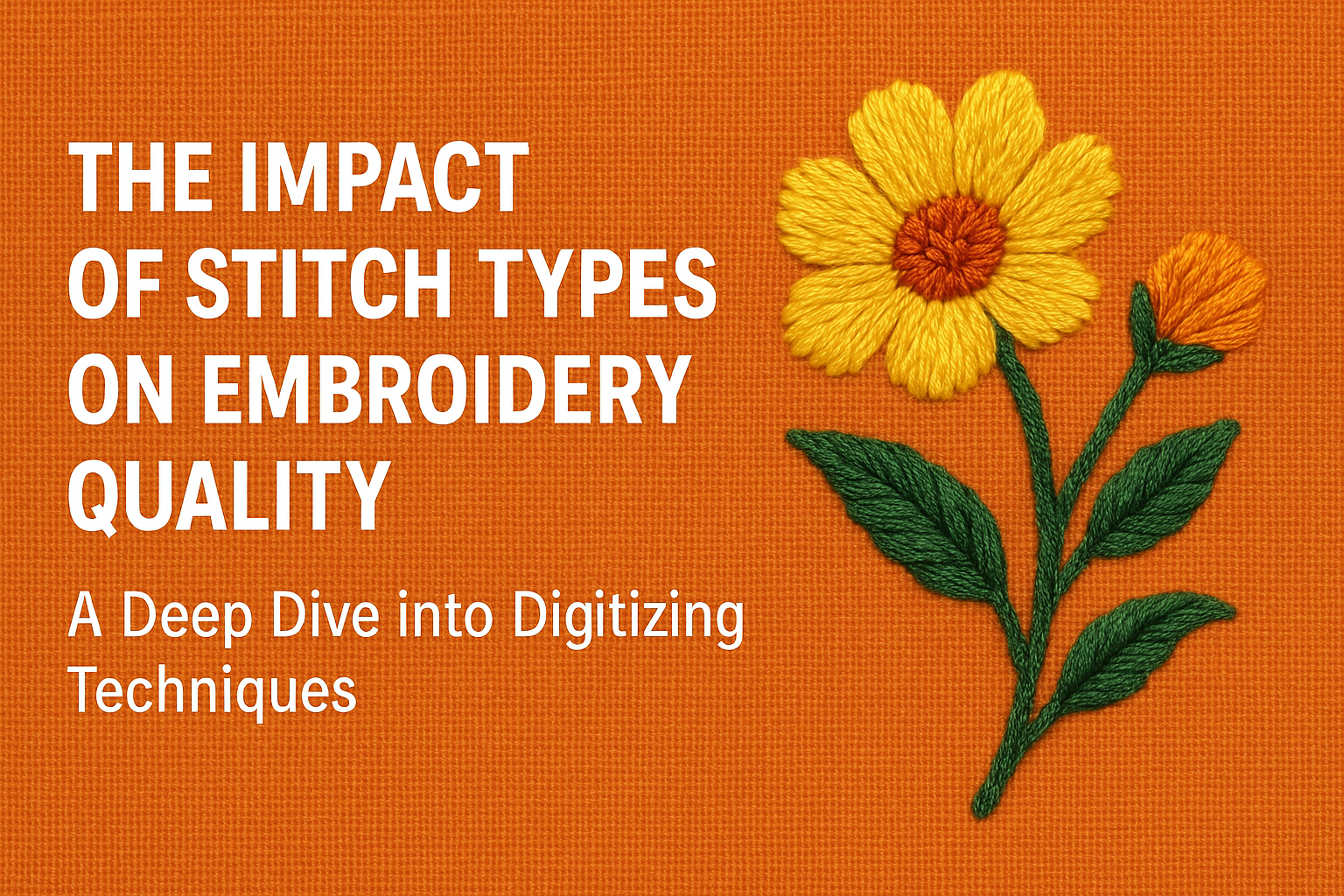Embroidery, once a meticulous handcraft, has undergone a significant transformation in the digital age. The fusion of digitizing and vector art has redefined the boundaries of design, enabling intricate patterns to be seamlessly translated onto fabric with precision and efficiency. This evolution not only enhances the aesthetic appeal of embroidered products but also streamlines the production process, catering to the demands of modern industries.
Understanding the Basics
Vector Art: The Blueprint of Modern Design
Vector art comprises graphics created using mathematical equations, allowing images to be scaled infinitely without loss of quality. Unlike raster images, which can become pixelated when resized, vector graphics maintain crisp lines and clarity, making them ideal for detailed embroidery designs .Digit-it
Digitizing: Bridging Art and Embroidery
Digitizing is the process of converting artwork into a digital file that embroidery machines can interpret. This involves mapping out stitch types, directions, and sequences to replicate the design accurately on fabric. High-quality digitizing ensures that the embroidered output mirrors the original artwork in detail and texture.
The Synergy Between Vector Art and Digitizing
The integration of vector art into the digitizing process offers numerous advantages:
- Precision and Clarity: Vector graphics provide clean lines and defined shapes, facilitating accurate stitch mapping during digitization.eagledigitizing.com
- Scalability: Designs can be resized without compromising quality, allowing for versatile applications across various products.
- Efficiency: Clear vector outlines streamline the digitizing process, reducing the time and effort required to prepare designs for embroidery.
By leveraging vector art, digitizers can produce embroidery files that are both aesthetically pleasing and machine-friendly, ensuring consistent results across different projects.
The Digitizing Process: From Concept to Stitch
1. Design Creation
The journey begins with creating or selecting a design, often using vector graphic software like Adobe Illustrator or CorelDRAW. Designers focus on clean lines and defined shapes to ensure compatibility with embroidery processes.HackMD
2. Vector Conversion
If the initial design is in a raster format, it’s converted into vector art. This involves tracing the image to create scalable paths, ensuring the design retains clarity at any size .Digit-it
3. Digitization
Using specialized software, the vector design is translated into a stitch file. This step involves determining stitch types, directions, densities, and sequences to accurately reproduce the design on fabric.
4. Machine Embroidery
The finalized stitch file is loaded into an embroidery machine, which executes the design onto the chosen material, bringing the digital concept to life.
Applications in Modern Industries
The amalgamation of digitizing and vector art has found applications across various sectors:
- Fashion and Apparel: Brands utilize digitized embroidery for logos, monograms, and decorative elements on clothing.
- Corporate Branding: Companies employ embroidered merchandise for promotional purposes, enhancing brand visibility.
- Home Décor: Customized embroidered items like cushions, curtains, and linens add a personal touch to interiors.
- Art and Exhibitions: Artists explore embroidery as a medium, combining traditional techniques with digital precision to create unique pieces
Embracing the Future with Infuse Digitals
At Infuse Digitals, we specialize in transforming your creative visions into embroidered masterpieces. Our expert team ensures that each design undergoes meticulous vector conversion and digitization, guaranteeing high-quality results that resonate with your brand’s identity.
The convergence of digitizing and vector art has undeniably revolutionized the embroidery landscape. By embracing these technologies, designers and businesses can achieve unparalleled precision, efficiency, and creativity in their embroidered products. As the industry continues to evolve, staying adept with these tools will be pivotal in crafting designs that captivate and inspire.




